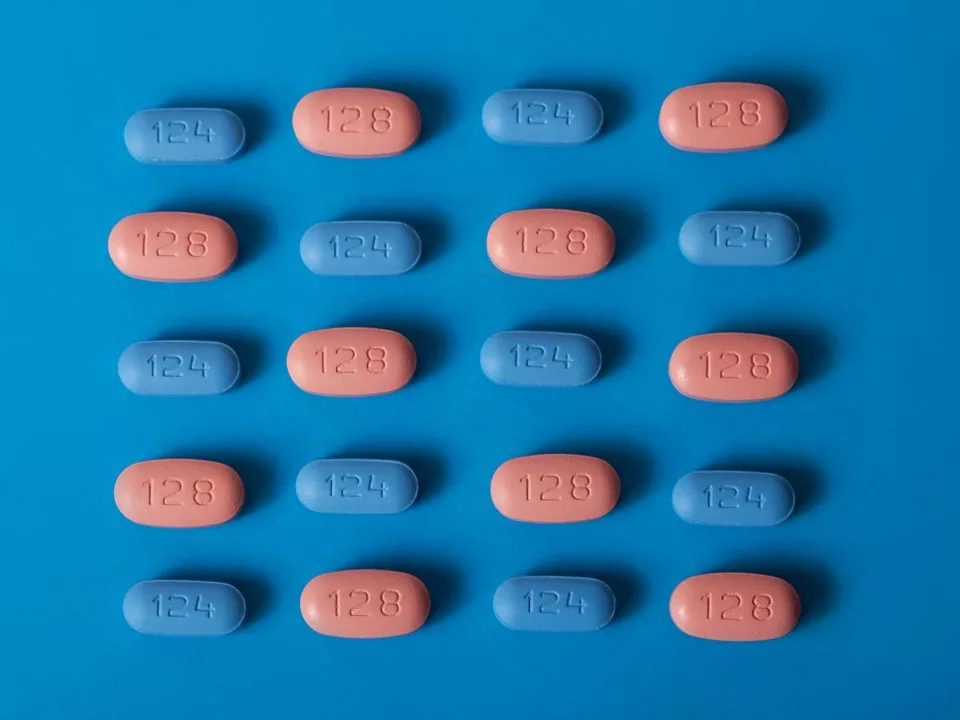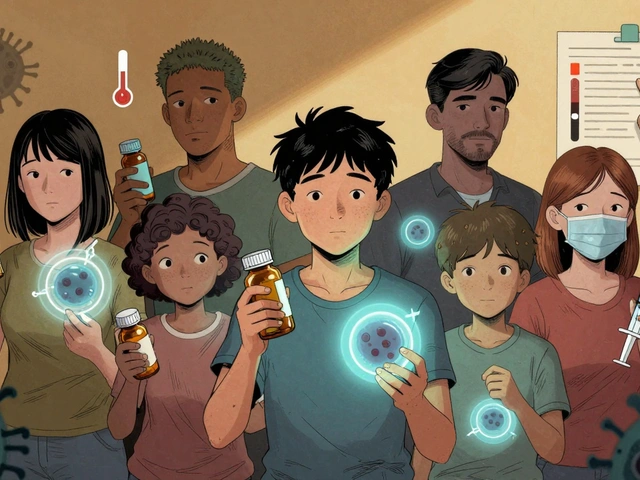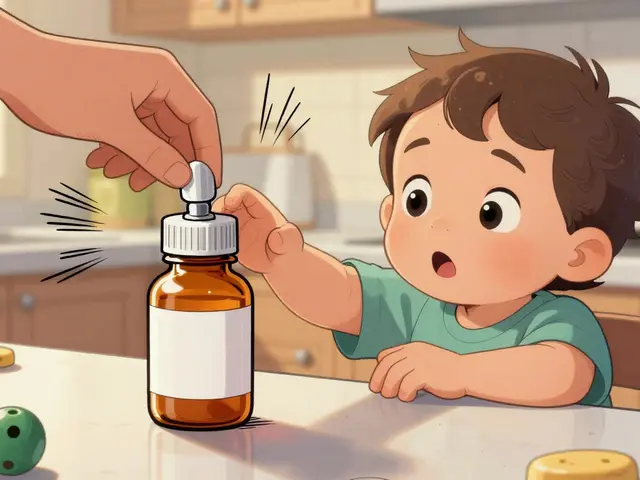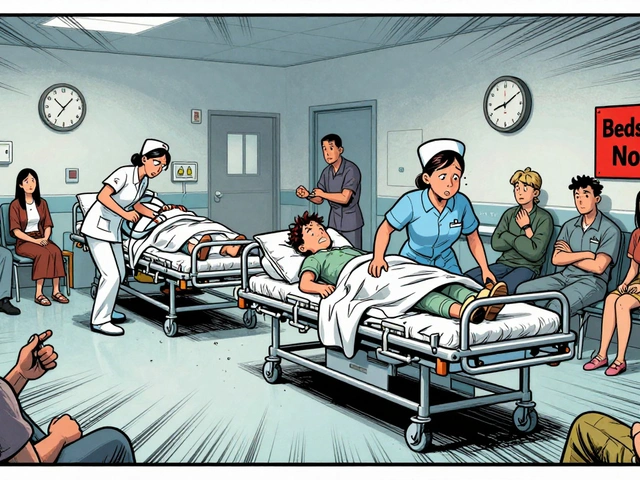HIV treatment: What works now and how to stay healthy
HIV treatment has changed lives. Modern therapy can lower the virus to nearly zero and let people live long, healthy lives. If you or someone you care about is starting treatment, here’s what matters right now.
The goal of HIV treatment is viral suppression — keeping the amount of virus in blood so low tests can’t detect it. When viral load is undetectable, the risk of sexually transmitting HIV is effectively zero. Treatment also protects your immune system, measured by CD4 count.
First-line therapy is called antiretroviral therapy (ART). ART uses at least three drugs from different classes to stop the virus at multiple steps. Common drug classes include NRTIs, NNRTIs, PIs, and INSTIs. These names sound technical, but doctors select combinations that balance effectiveness and side effects. Today, INSTI-based regimens are often recommended because they work fast and have fewer drug interactions.
Sticking to your pills matters more than the specific brand. Missing doses lets the virus replicate and can cause resistance. Simple tricks help: set a phone alarm, keep meds with a routine item like a toothbrush, or use a pillbox. If side effects hit, don’t stop — call your provider. Often a small change in dose or switching one drug fixes the problem.
Monitoring is straightforward. Expect a viral load test four to eight weeks after starting treatment, then regular checks every three to six months until stable. CD4 checks happen less often as long as viral suppression holds. Labs guide decisions about switching drugs, treating infections, and planning pregnancy.
Drug interactions and other meds matter. Antidepressants, antibiotics, heart meds, and some supplements can interfere with HIV drugs. Always tell each clinician and your pharmacist about all medicines you take. If you buy meds online, use only verified pharmacies and keep records; counterfeit drugs are a real risk.
Cost is a common worry. Look for generic versions, manufacturer co-pay programs, and local health clinics that offer sliding-scale fees. In many countries, public health programs provide free or low-cost ART. Patient assistance organizations can help with paperwork.
Prevention tools include PrEP and PEP for people exposed to HIV. If you think you were exposed in the last 72 hours, emergency PEP might prevent infection. For those who are HIV-negative but at risk, daily PrEP cuts the chance of getting HIV by over 90% with good adherence.
Pregnancy, breastfeeding, and planning a child are possible with HIV. With proper care and an undetectable viral load, transmission to the baby is rare. Discuss family plans with your clinic early.
Resistance testing is routine when treatment fails. It helps pick new drugs that will work. Never switch or stop therapy without medical advice.
If you need help finding care, ask local sexual health clinics, community organizations, or your primary care doctor for referrals. Treatment works — staying on it and keeping good communication with your clinic is the best way to live well with HIV.
Ask about long-acting injectables — they can cut daily pill burden for some people and simplify care.

The cost-effectiveness of darunavir in HIV treatment
As a blogger, I recently came across some interesting findings on the cost-effectiveness of darunavir in HIV treatment. Darunavir, a protease inhibitor, has been shown to be highly effective in suppressing HIV and improving the health of patients. What I found particularly fascinating is that the drug's cost-effectiveness makes it a viable option for many patients, especially when compared to other HIV treatments. This is great news, as it means more people living with HIV can access this life-saving treatment without breaking the bank. In summary, darunavir's proven efficacy and cost-effectiveness make it an important addition to the arsenal of HIV treatment options.
View More




